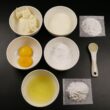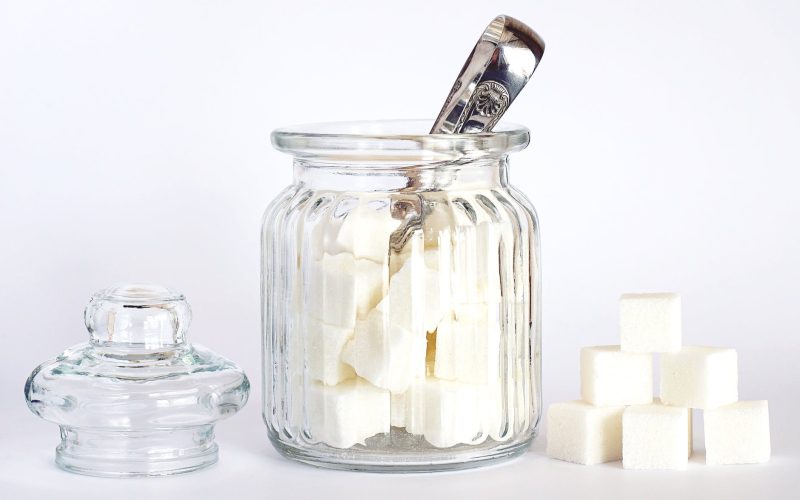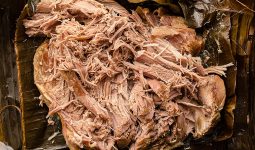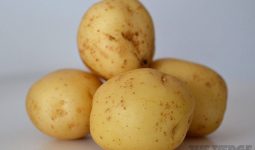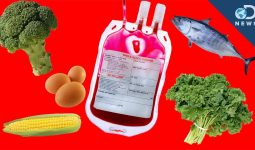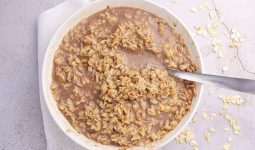Sugar is a name for sweet-tasting class of carbohydrate (soluble carbohydrate). Sugar can be found naturally in foods or it can be added.
Sugar is broken down into three categories
Monosaccharides
Also Called one-molecule sugars consists of glucose(dextrose), fruitose(fruit sugar), galactose(milk sugar).
Disaccharides
Also called two monosacharides sugar consists of the following;
- Sucrose or Table Sugar = Glucose + Fruitose
- Lactose or Milk Sugar = Glucose + Galactose
- Maltose or Malt Sugar = Glucose + Glucose
Polysaccharides
It’s a combination of more than ten monosacharides. It consists of starch or glucose polymer.
While taking natural sugar or minimally proccessed sugar is good for your health, as sugar helps your body store energy for later use.
Added sugar on the other hand is one major ingredient that makes our modern diet unhealthy. Added sugar has been linked to some illness including obesity, heart disease and type 2 diabetes.
What is Added Sugar
This is a mixture of monosaccharides and disaccharides such as glucose, fruitose, galactose, sucrose, lactose and maltose.
Sometimes people consume too much sugar without knowing it. This is because different processed and packaged foods you take on a daily basis hides the actual sugar content of their products.
An effective way to reduce added sugar intake in your diet is to avoid;
- Sugar-sweetened drinks and beverages such as sweetened tea, soft drinks, fruit juice etc.
- Candies and sweets
- baked foods such as cakes and cookies
And eat more of unprocessed foods such as fruits, green vegetables and other minimally processed foods.
How Companies Hide Sugar in Products
When you buy products from the market or grocery shop, you may be able to recognise some of the ingredients such as sucrose, fructose and glucose. But those are not the only types of sugar. Below are some ways companies hide sugar;
- Calling Sugar Different Names: When food companies call sugar by an unusual name, it makes it difficult for you to spot it on the labels. Here sugar may be classified as dry sugar and syrup.
i. Dry Sugar: They are added sugar that are mostly in powdered forms.
Dry Sugar includes; Barley malt, brown sugar, coconut sugar, cane juice crystals, beet sugar, caster sugar, buttered sugar, date sugar, crystalline fructose, Fruit juice concentrate, maltose, ethyl maltol, golden sugar, dextran malt powder, corn sweetener, maltodextrain, palm sugar, organic raw sugar, muscovado sugar, invert sugar, penela, confectioner’s powdered sugar and evaporated cane juice.
ii. Syrups: These are added sugar in form of syrups(usually thick liquids). They are made from dissolving large quantities of sugar in water.
Syrup sugars include; Golden syrup, malt syrup, molasses, carob syrup, maple syrup, honey, agave nectar, high-fructose corn syrup, rice syrup, rice bran syrup and oat syrup.
- Adding sugar to foods that are considered low in sugar: It is common sense to know that a piece of candy bar habors lots of sugar. But some food manufacturing companies adds lots of sugar to into foods that are not always considered to be sweet. Examples include yogurt, whole grain breakfast bars and breakfast cereals.
Whenever you buy packaged foods, always ensure to read the label and check for sugar content.
- Using “healthy sugar” or “no refined sugar”: When food manufacturing companies uses words like no refined sugar, it means the product does not contain white sugar.
Unrefined sugar/sweeteners are usually gotten from fruits, flowers, sap or seeds of plants. An example is the agave necter.
Food companies also tends to swap sugar for an alternative sweetener which is considered healthy. However, these sugars still provides little amount of nutrients.
Some common high-sugar sweeteners that food companies labels as healthy sugar include; Agave necter, maple syrup, coconut sugar, honey, raw sugar, birch syrup, sugar beet syrup, and cane sugar.
When you see these mentioned sweeteners on food labels, eat the product sparingly.
- Using many different types of sugar: Many food manufacturing companies make their products look healthier by using smaller amounts of 3-4 types of sugar in one product.
These sugars appear at the bottom of the ingredients list making the product look low in sugar content whereas sugar is a major ingredient.
- Making a sweet version of a brand low in low: Food companies sometimes releases a sugar packed new version of their low sugar brand that is loved by their consumers. This can confuse some consumers as manufacturers may only add “packed with a new flavor”.
Once you noticed a new packaging for your low sugar products, ensure to check the labels to avoid consuming too much added sugar.
- Combining natural sugars and added sugars on the ingredient list: Foods such as vegetables, dairy products, and fruits, contains natural occurring sugars which are not cause for concern.
Whole foods can lower your risks of heart disease and provide you with lots beneficial nutrients.
Food companies on the other hand do not distinguish between added sugars and natural sugars. But rather they list all the sugars as a single amount. This makes it very difficult for you to identify how much natural sugar is found in your food and how much is added sugar.
- Adding health claim to products: It is not easy to know products which are healthy or not while they are on the shelf.
Manufacturers often use health claims on their product labels to make the product look healthy. Some of these claims includes “low fat”, “light”, “natural”, “healthy” and many more.
Make sure you ignore those claims and check for sugar content in the labels.
- Lowering food portion/size: Some food companies lower the portion size of a particular product in order for distort the consumer’s sense of how much sugar they are actually consuming at a time.
While the sugar content per serving might be low, you might probably eat more than one serving in a sitting. To avoid that trap, examine the number of serving carefully and eat less.
Conclusion
To avoid eating too much added sugar, you have to avoid eating highly processed foods and eat more of whole foods.
However, when you buy packaged foods make sure you check the labels for added sugar.

